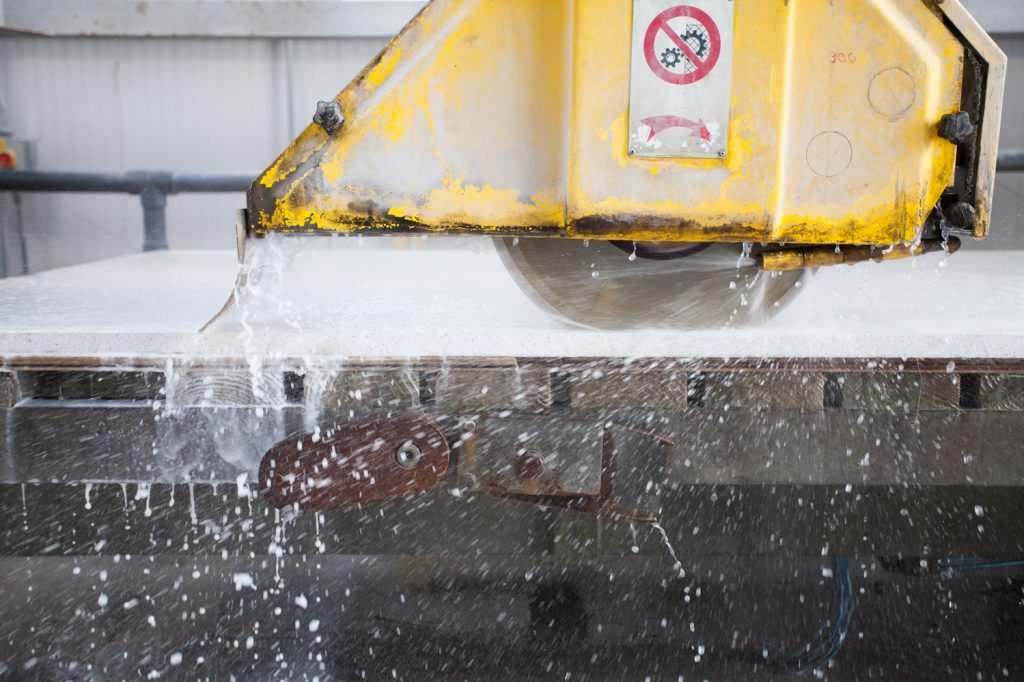Stone surfaces are a timeless and elegant choice for kitchens, bathrooms, and living spaces. But when it comes to choosing the perfect material, one of the first decisions many homeowners face is whether to go with natural stone or engineered stone. Each has its unique benefits, drawbacks, and design potential. In this guide, we break down the essential differences to help you make an informed decision for your home.
What Is Natural Stone?
Natural stone is quarried directly from the earth and cut into slabs for use in homes and buildings. Common types include:
Granite
Marble
Limestone
Slate
Each slab is one-of-a-kind, with unique veining, colouration, and texture. It’s a popular choice for those seeking a bespoke, luxurious finish.
What Is Engineered Stone?
Engineered stone is typically made from 90–95% crushed natural stone (usually quartz), combined with resin and pigments. This mixture is then moulded into slabs and cured under pressure and heat. Well-known brands include Silestone, Caesarstone, and Cambria.
Engineered stone offers a controlled, consistent look and is available in a wide range of styles and colours that mimic natural materials or offer something more modern.
Appearance and Aesthetic Differences
Natural stone offers character and individuality. No two slabs are identical, making them ideal for statement pieces.
Engineered stone provides uniformity, which is often preferred in sleek, contemporary interiors.
If you’re after a classic, timeless aesthetic, natural stone like marble or granite may appeal more. For a clean, modern feel, engineered quartz may be the better choice.
Durability and Performance
Natural Stone:
Highly durable, especially granite.
Heat resistant (great for kitchen worktops).
Porous materials (like marble) may absorb stains if not sealed.
Engineered Stone:
Extremely hard and scratch resistant.
Non-porous, making it more stain-resistant.
Heat sensitive due to resin content – avoid placing hot pans directly on the surface.
Maintenance Requirements
Natural stone needs periodic sealing to prevent staining and maintain longevity.
Engineered stone requires minimal upkeep; a simple wipe with soapy water is typically sufficient.
Sustainability and Environmental Impact
Natural stone involves quarrying and transport, which can have a higher environmental footprint.
Engineered stone often includes recycled materials, but its manufacturing process uses resins and energy.
Both have pros and cons environmentally, so consider local sourcing or recycled options where available.
Cost Comparison
- Natural stone prices vary based on rarity, origin, and finish. Marble, for example, can be quite premium.
- Engineered stone has a more consistent price point and can offer high-end looks at a slightly lower cost.
Which One Should You Choose?
Choose Natural Stone if you:
Want a one-of-a-kind look with natural veining.
Prefer traditional or luxury interiors.
Don’t mind a bit of maintenance.
Choose Engineered Stone if you:
Prefer a modern, uniform aesthetic.
Want something low-maintenance and durable.
Need a surface that’s highly stain resistant.
Conclusion
Both natural and engineered stone offer fantastic qualities and long-lasting beauty. The right choice depends on your aesthetic preferences, budget, and how you use your space.
Not sure which is right for your home?
Contact Stone Connection today to speak with one of our stone specialists today and explore our stunning range of surfaces – both natural and engineered. Let us help you create a surface that suits your lifestyle and elevates your home.

